The cultural relics that traveled through the millennium were "lived" by technology, and the door behind was found by them!
Author:Cool Play Laboratory Time:2022.06.19
Two weeks ago, a thing that said was big and small.
On the evening of June 1, local time, after a 21 -year -old man Elnands quarreled with his girlfriend, he opened the door of the Dallas Art Museum and destroyed it.
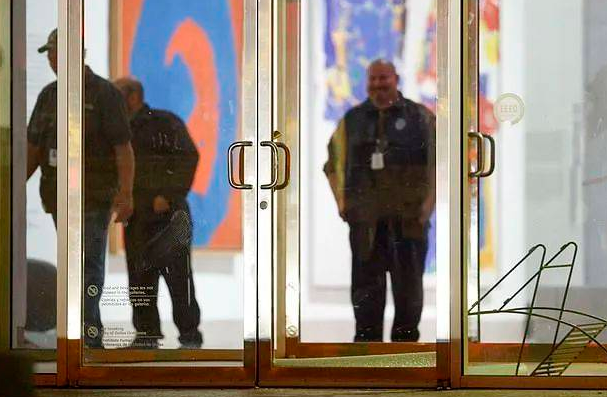
Among them, three ancient Greek pottery that was severely damaged traced back to 2600 years ago, and the latest has a history of more than 2,400 years, with a total value of more than 5 million US dollars.
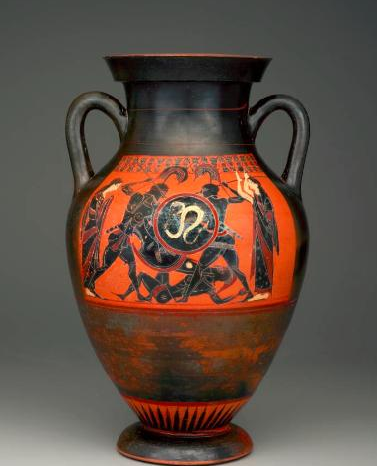
In fact, protecting cultural relics is invincible.
In 2018, a fire made about 20 million cultural relics in the Brazil National Museum, including the earliest human skull in the Americas.

Then in 2019, the Virgin of Paris suffered a fire again. A 93 -meter spinning collapsed, the roof was destroyed in large areas, and many artworks were trapped in the church.
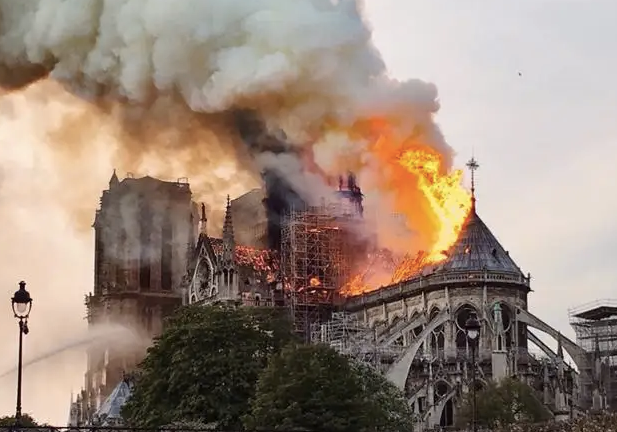
What's more difficult is that sun exposure, wind blowing, rain, and even the humidity, temperature and light of the air will cause irreversible damage to the cultural relics.
Like my country's national treasure -level cultural relics "The River Map of the Qing Dynasty", it is often displayed in the museum for dozens of days, and they have to support them to "rest" in the warehouse for several years.
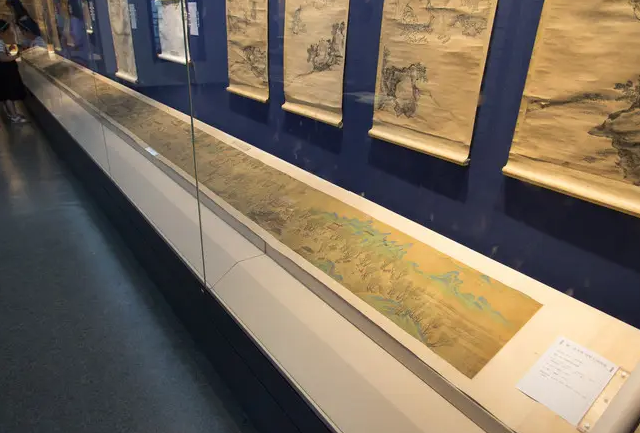
There are also terracotta warriors. Everyone knows that when it was unearthed, it was actually colored, but the pigment fell off under the erosion of the air, and many colorful figurines became gray.
In order to retain their colors, our archeologists spent more than ten years to study the hierarchical structure and chemical composition of painting, and finally developed a complete set of painting protection technology.

Even in the later various cultural protection work, more new science and technology are constantly introduced, trying
So why do we spend a lot of energy to protect the cultural relics? Is it really worth doing this?
01. In the digital world,
History has been reshaped a new look
In 2019, "Assassin's Creed: The Great Revolution" was pushed on the Steam hot list without any discount.
No one expected that the reasons for countless players were just to see the original appearance of the Paris Virgin in this virtual world. At that time, the cathedral that had been standing for more than 800 years had just experienced a fire, and the style was no longer.
At the beginning, the producer of the game spent two years to restore the appearance of the Paris Dames, which almost achieved "every stone with meticulous appearance."
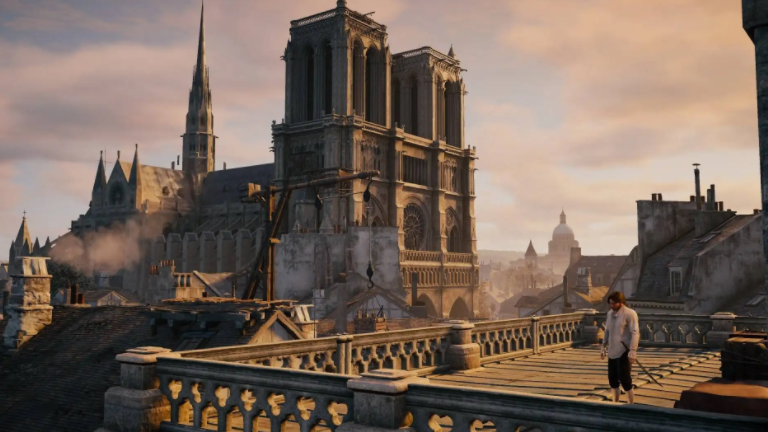
However, netizens don't seem to expect to rely on it to repair the cathedral in reality. After all, the Paris Virgin in the game once "stuck in the wall".
Fortunately, someone "backup" in advance.
As early as 2011, Andrew Talon, a historian at Vasas College, began collecting panoramic data and building details of the cathedral.
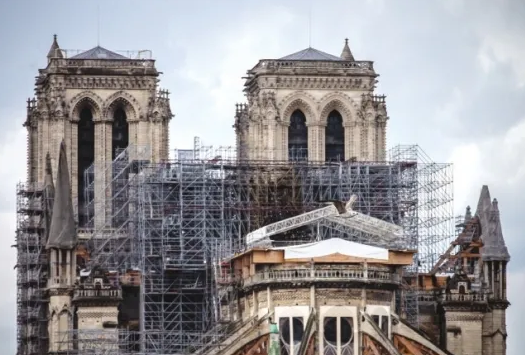
More than 50 scanning points, 5mm level accuracy, and 1 billion data points. These data are enough to accurately describe the smallest details of the Virgin of Paris, including its defects, and the error is only about 5 mm.
This is why the French President Macron announced to the world on the second day of being burned: Within 5 years, the Virgin of Paris opened the door to welcome guests.

But this fire still left a painful lesson.
On the one hand, the protection of cultural relics is not careless. On the other hand, more people realize that using digital technology to "backup" cultural relics can at least add a layer of protection to this security.
Especially like our country, there are many historical and cultural relics and sites. Data show that there are 76,6722 non -mobile cultural relics registered in the country, and the state -owned mobile cultural relics are 108 million pieces, which are well -deserved cultural relics.
Therefore, my country's cultural relic workers have a consciousness of digital records and preservation very early. Among them, the protection of digital cultural relics in Dunhuang has always been at the forefront of the world.
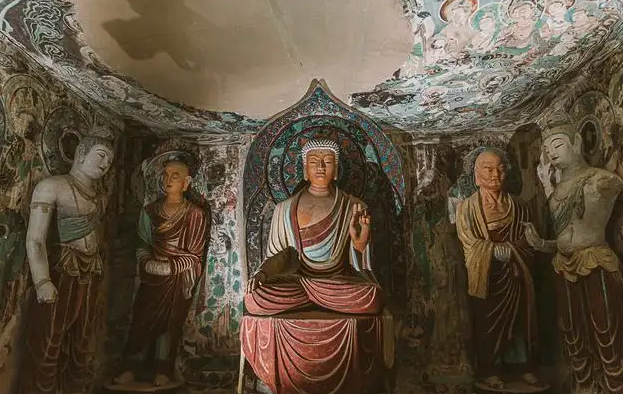
When it comes to Dunhuang, I have to mention a person, that is Fan Jinshi.
In 1962, when she walked into the Dunhuang Institute of Cultural Relics, Mogao Grottoes also ushered in a new chapter in the digital journey.
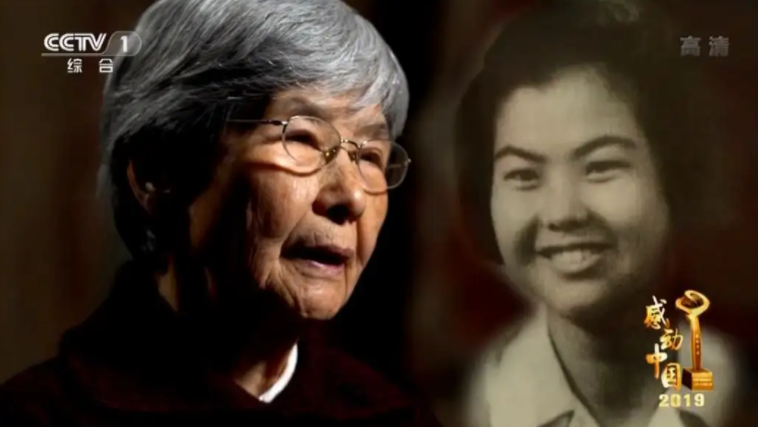
At 25 kilometers southeast of Dunhuang City, Gansu Province, on the foothills of Mingsha and on the cliffs on the west bank of the Dangquan River, Mogao Grottoes stood quietly for more than 1650 years.
When you first arrived, the art of Mogao Grottoes made Fan Jinshi forget. However, in stark contrast to the stunning art formed is a harsh living environment -no electricity, water, earthen house, earth, and sand ... The most serious is that after thousands of years of erosion and artificial damage, The cave body is very fragile.
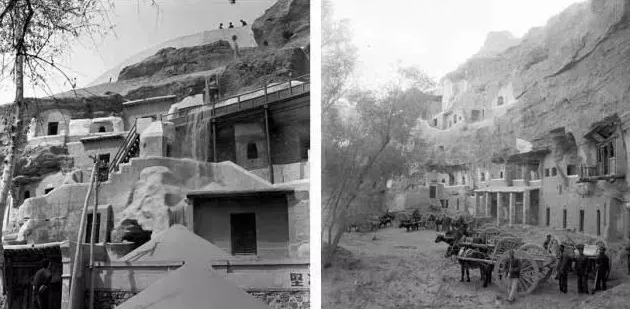
Originally, she was the same as the predecessor who protected the cultural relics. "Everyone in the world hopes that Mogao Grottoes can exist forever, but we can only delay and cannot reverse it."
But accidental opportunities, she noticed the computer and learned that as long as the image was turned into a digital computer, she could be stored forever. This made her realize that "copying digital files to the computer, you can bring it to Beijing to see, you can take it to New York to see, you can do it anywhere."
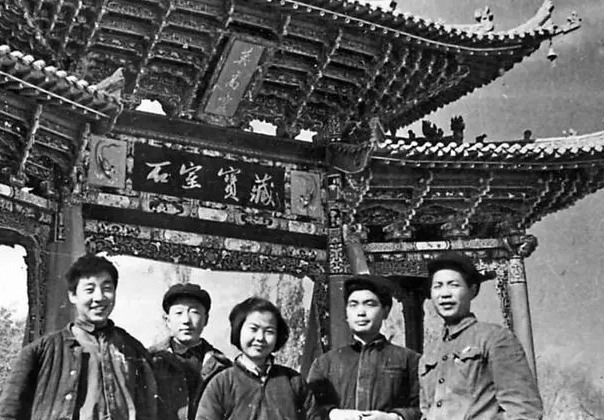
Soon after, she proposed the use of computer technology to realize the concept of permanent preservation of Dunhuang murals and color plastic arts, and put it into action.
In the next 30 years, Fan Jinshi led the Dunhuang Research Institute to continuously practice, and finally formed a set of advanced digital image shooting, color correction, digital picture puzzles and storage. system.
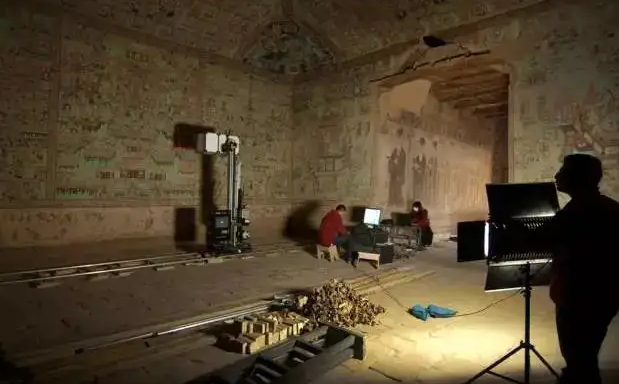
Since then, the "digitalization" has run through the entire work of the successors.
Today, the Dunhuang Grottoes have completed the data collection of 211 caves, and more than 130 caves' image processing, three -dimensional scanning and virtual roaming programs, 43 colorful plastic and two large sites for three -dimensional reconstruction. The "Digital Dunhuang Resources Library", which was launched online, realized the global sharing of high -definition images of the 30 caves in Dunhuang Grottoes, and the global visits have exceeded 7 million.
When ancient cultural relics entered the virtual world, they finally seemed to find a relatively safe place, not afraid of sword ax, not afraid of water and fire, and even time could not destroy them.
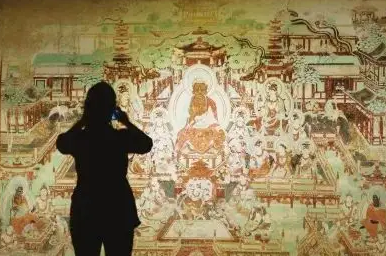
But is the fragile cultural relics really existed forever?
02. Open the imagination,
Digital technology "lives" history
There is such a line in the movie "Looking for Dreams": real death is that no one in this world can remember you.
This is the same for history and cultural relics.
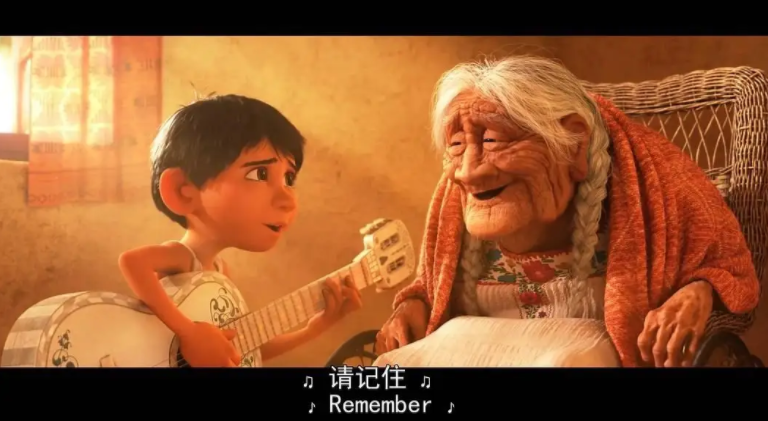
Fan Jinshi said: "From the beginning of Mr. Chang Shuhong, Mo Gao people always have a mission to protect this human cultural treasure."
But what is the purpose of protection? Is it the high cabinet that seals the dust? Obviously not.
In 2003, Fan Jinshi proposed at the first session of the National Committee of the Chinese People's Political Consultative Conference. It is recommended to use modern digital technology to show the historical and cultural background and exquisite cave art of Mogao Grottoes. Only then can historic relics truly get eternal life.
But the Dunhuang Grottoes have a special place -it is a non -moving cultural relic. People cannot move the grotto to other places for people to watch, so they can only try to copy it.
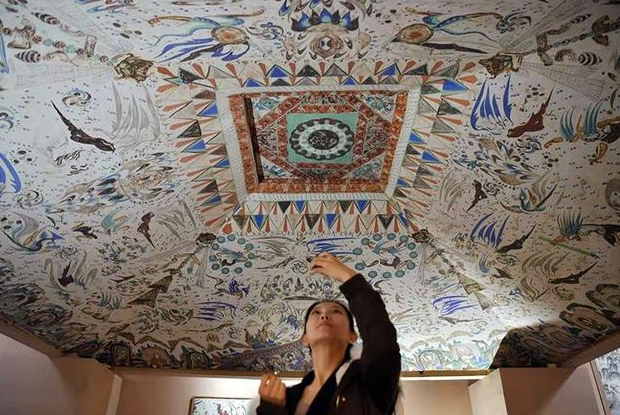
In the early years, it was a copy of the old artists. Later, there were "digital Dunhuang". The high -definition digital content of 30 classic caves and 45,000 square meters of murals. As long as you click the mouse, you can enjoy the panorama of Dunhuang.
Now, cutting -edge digital technology provides more possibilities for the creative development of cultural heritage.
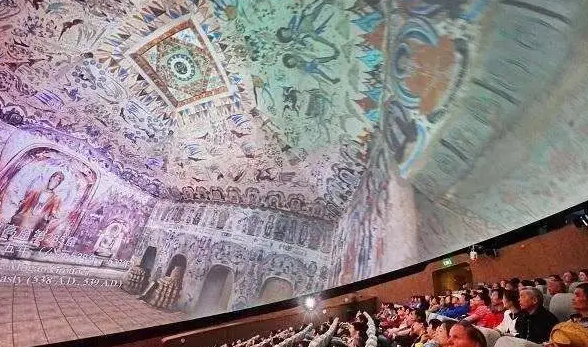
In 2016, the Dunhuang Research Institute established the Cultural and Creative Research Center, and then began to try to cooperate with various technology companies. For example, with Tencent, it has opened the "Digital Silk Road" plan that lasted three years.
During this period, Dunhuang culture became richer and interesting through various forms such as music, animation, and games.
Dunhuang Feitian skin, like "Glory of the King", has more than 40 million users who take the initiative to obtain.
"QQ Speed" revolves around the theme of Dunhuang, creating the Dunhuang -style track racing and theme song "Sky to You".
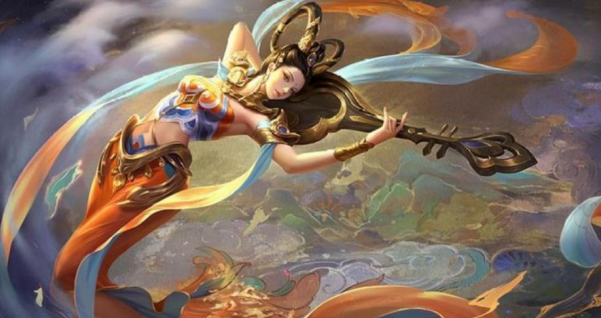
There is also the "Dunhuang Animation Drama", which was co -participated in the dubbing of the Dunhuang Research Institute Dean Zhao Shengliang, and the well -known domestic anime IP actors. The user can design the "Dunhuang Poetry Scarf" project of the silk scarf. repercussions.

In 2020, the epidemic of the new crown pneumonia suddenly came, blocking everyone's travel plan. However, the launch of "traveling in Dunhuang" allows people to visit thousands of murals and hundreds of caves across time and space.
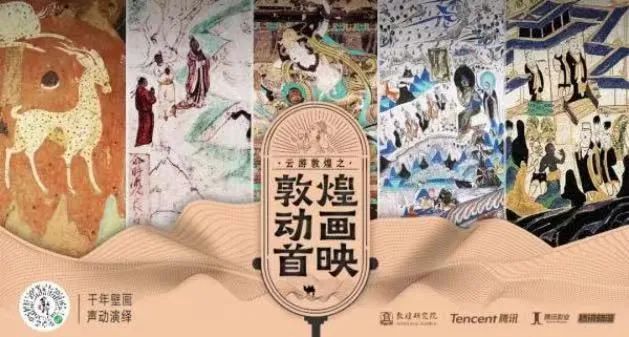
As of now, the total number of interviews of the applet has reached 58 million, which is 29 times that of the annual reception of Mogao Grottoes in Dunhuang.
When cultural relics and digital technology are combined, history is no longer just a picture, a text, or a cold "decoration" in the museum. They appear in richer form, rejuvenating their vitality, attracting more and more people to have a glimpse of interest.
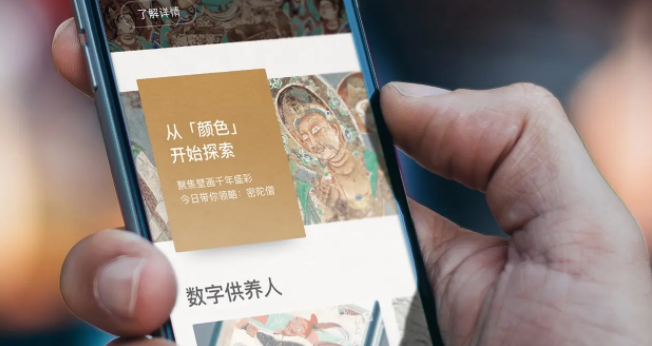
"How to make the murals of Dunhuang live" has always been the mission of every generation of Dunhuang cultural relics.
With the participation of more digital technologies, the work of Dunhuang cultural relics protectors has once again entered a new stage, which is to spread the culture and inherit it.
03. "Dialogue" with cultural relics,
History is inherited under digital technology empowerment
Just a week ago, my lazy lazy man finally realized the "climbing the Great Wall" on the cloud.
"Stand" at the Great Wall mouth, it is a lush green tree that can be seen at the beginning of the Great Wall. The Great Wall extends towards the distance and stands high on the ridge.
It is said that this is the first time in the world to restore this scale of cultural heritage through cloud game technology. I turned the screen and found that the seal left by the tourists on the Great Wall brick can be seen, and I can't see it that it is virtual.
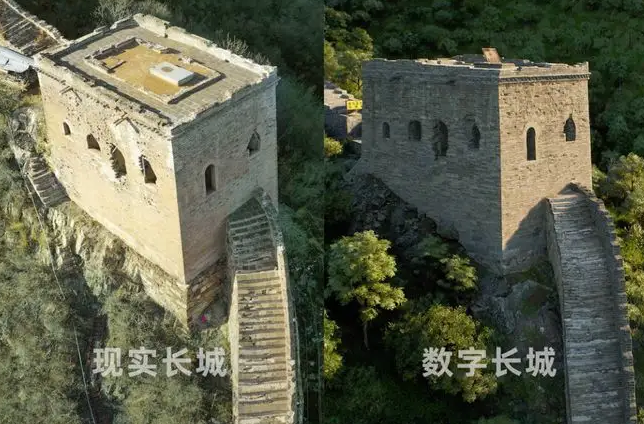
Many people may ask, what is the significance of doing this?
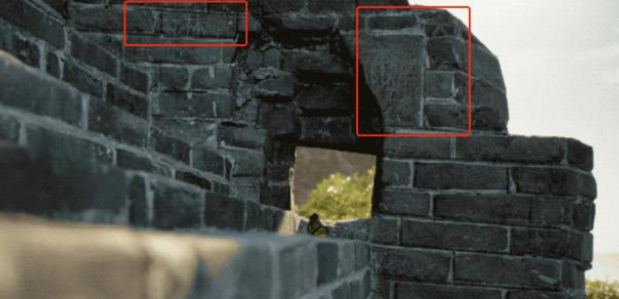
In fact, this is undoubtedly a very convenient and interesting window of the Great Wall for people who do not love to go out, or those who are too far away.
In the real physical space, many historical monuments have not been reproduced for various reasons. In other words, you can't see it.
Just like the Tibetan Scripture Cave at Cave 17, Mogao Grottoes in Dunhuang, it was originally a shadow cave that was argued in the monk of Hexi at that time. From the 4th century AD to the 11th century AD, there were more than 60,000 cultural relics in the cave, including the Buddha statues of silk, fabrics, embroidery, and various types of artifacts.
During the Guangxu period of the Qing Dynasty, a Taoist priest named Wang Yuanzheng accidentally discovered the cave. It was said that when he was cleaning the bottom of the cave at the bottom of the cave, the wall lost support to produce cracks, and the Tibetan Scripture cave appeared in front of him.

Because the Taoist priests are unknown, they lack the understanding of the Chinese traditional cultural classics in the Tibetan Sutra, so they use these scroll cultural relics as ordinary objects to exchange with others. For example Sell a little at low prices.
Since then, as foreign invasion of China, under the chaotic situation, experts from Britain, France, Russia, and Japan have come to rob the fire and take away a large number of scriptures and cultural relics. The last American who came to Dunhuang, Walner, was even unwilling to gain nothing because he was late, directly violently stripped the murals and carried out cultural relics.
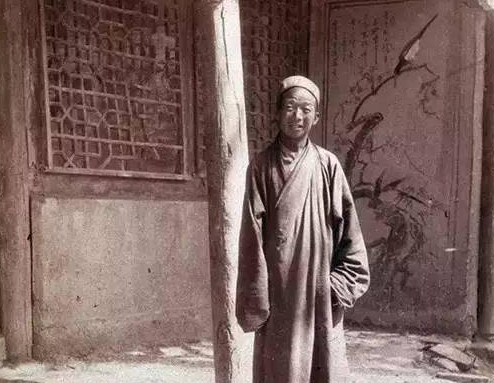
Since then, the cultural relics of the Tibetan Scripture have been scattered around the world, and the murals have also been extremely severely destroyed.
In this situation, I believe many people are as sad and sorry as me. If we use the game technology to restore a complete Tibetan scripture hole, can we be full of eyes?
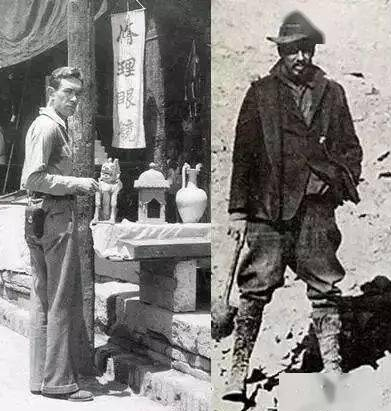
Recently, the Dunhuang Research Institute, which is at the forefront of digital cultural relics, has indeed started to start a plan of "digital Tibetan scriptures".
They will combine their own cultural relic digital technology and Tencent Mutual Entertainment's gaming technology to carry out the digital high -fidelity reappearing and digital interactive cultural scenes of the Tibetan Sutra.
In order to be able to restore the most authentic physical scenes, each detail will be recorded through laser scanning and photo reconstruction technology, and combined with the PCG technology (programmatic content generation technology) and PBR technology (physical rendering technology), and PBR technology (procedural content generation technology), PBR technology (physical rendering technology),, physical rendering technology). It is displayed at 1: 1 at the millimeter level, and it even simulates the light and vegetation of the Mogao Grottoes in Dunhuang in different periods, and the most authentic historical appearance is engraved.
However, as a carrier of history, cultural relics are not just objects. It is created by human activities, and it must carry a temperature story or memory of a period of time.

For example, among the many cultural relics unearthed from the Tibetan Sutra, a book of "Return to the Junjun Government Wine" more than a thousand years ago, more than a thousand years ago. On October 16, a total of 213 expenditures.
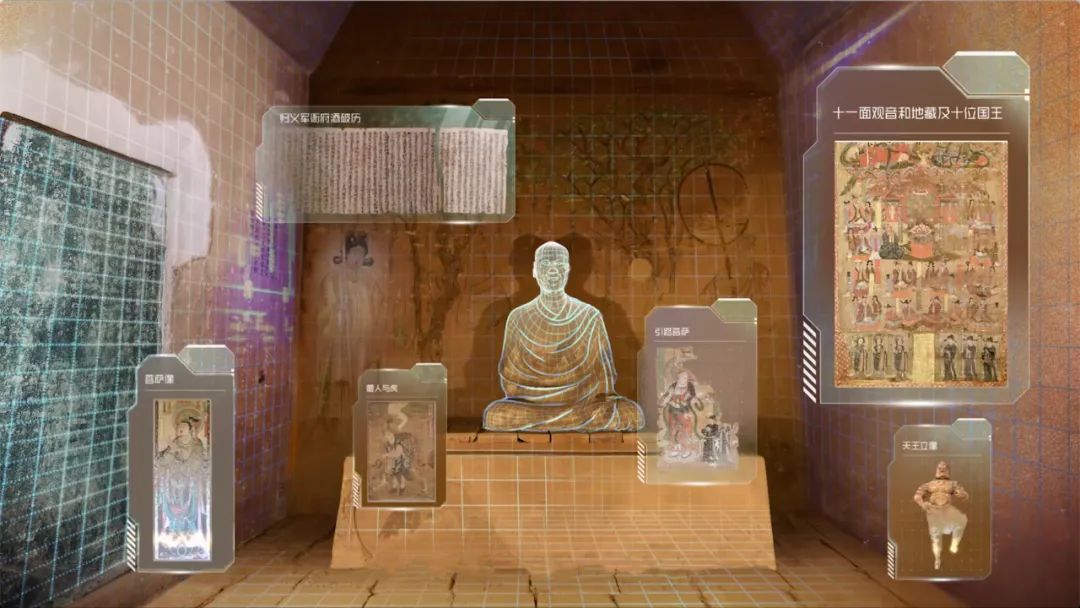
On the surface, the simple financial expenditure, the story behind it was -at that time, the political situation was stable and economic prosperous. Dunhuang was a hub for exchanges between the East and the West. It specially set up relevant institutions to entertain the Eastern and Western envoys.
In addition, in order to communicate conveniently, Dunhuang also brought together a lot of translators.
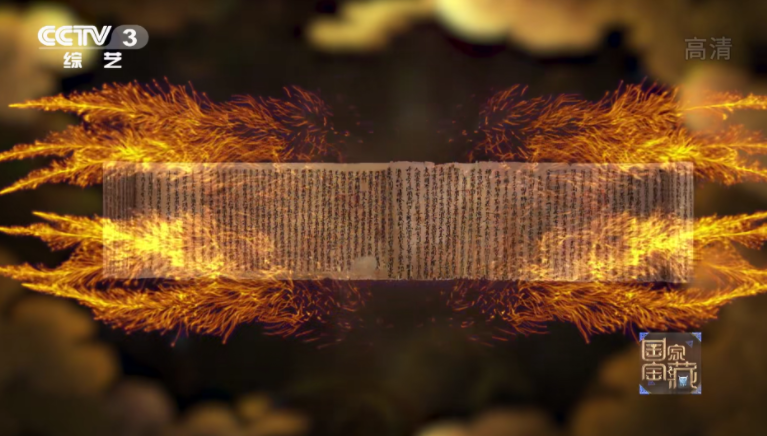
Therefore, this ledger represents an era of strong, prosperous, open, and inclusive.
Objectively speaking, if we can restore the historical appearance of the year, it will not only make us feel the grand occasion of the year, but also find the origin of the economic, trade, cultural, and political exchanges between countries along the Silk Road and even the East and West world.
There are many cultural relics such as "The Return of the Junior Army", and there are still many in the Tibetan Scripture Cave. Therefore, the "Digital Tibetan Scripture Cave" will build a "digital culture time and space" based on these historical stories and vividly reproduce the ancient history of China and the world.
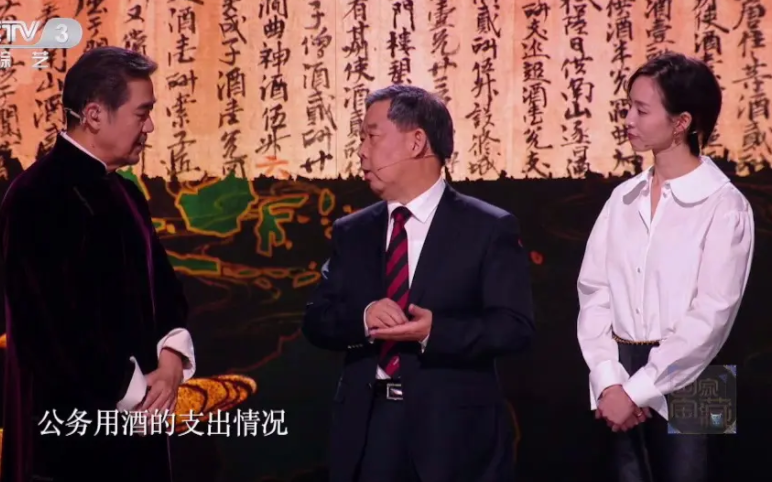
In an immersive experience, tourists from all over the world can "dialogue interaction" with historical figures in different periods, or they can also find the answer they want.
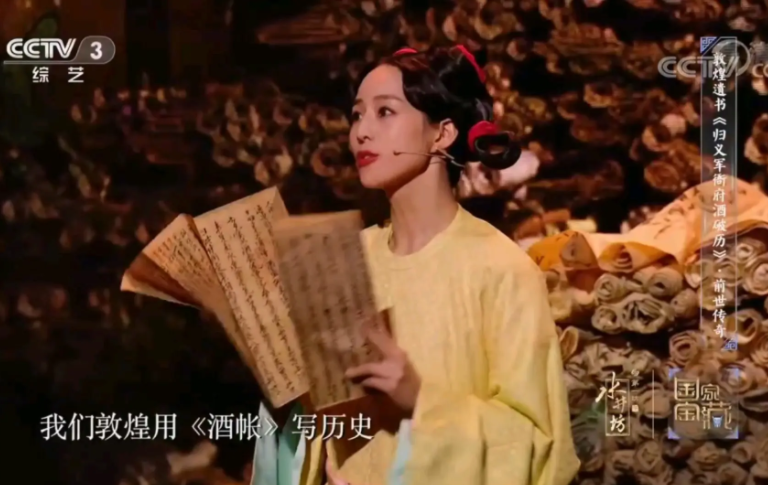
In order to give Dunhuang Mogao Grottoes "personalized IP" and to deepen the interaction with the cultural relics, in this cooperation, the Dunhuang Research Institute also launched the official virtual human Jiayao of Mogao Grottoes in Dunhuang and Tencent. Essence
Her prototype comes from the voices of the godbird "Jialing frequency" in the murals of the Mogao Grottoes in Dunhuang. The design of clothing patterns and color matching is inspired by the supporters in "Madam of Du Du Mrs. Buddhism" and Mogao Grottoes Cave 217 "View Bodhisattva in the Wuliangshou Sutra.
基于游戏引擎的实时驱动技术,以及动作捕捉、全实时驱动加渲染、真实毛发与实时布料解算、面部驱动底层算法优化等多领域技术,伽瑶不仅能实时做出表情,连头发、衣服、 The accessories can move with the wind as reality.
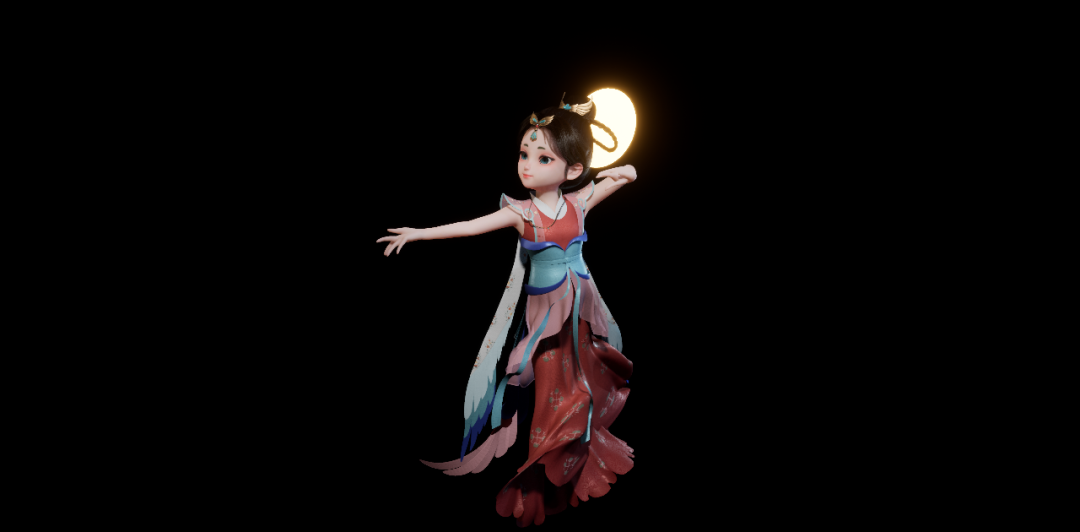
In the future, she will be the first figure of Dunhuang's official cultural ambassador to bring you more fresh and interesting cultural content experience. For example, she may also conduct virtual live broadcast, science popularization of the Silk Road, and a small tour guide who transformed into a cloud of Dunhuang.
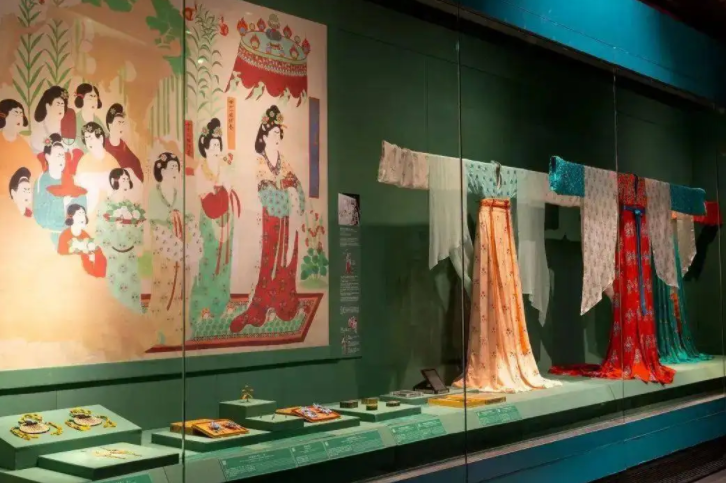
It can be seen that cutting -edge technology represented by game technology will give ancient cultural relics for the second time in a new way.
It will break the time and space, cross the mountains and sea, come from thousands of years ago, and continue to enter the lives of more ordinary people.

end
"A generation has a mission of a generation. I only do one thing in my life. I have no regrets."
This is what Fan Jinshi said most often.
She was born in Beijing, grew up in Shanghai, but contributed most of her life in Dunhuang. After retiring from the Dunhuang Research Institute in 2015, Fan Jinshi, who was 77 -year -old, continued to run for Dunhuang culture as a "honorary dean".
Today, Dunhuang Grottoes have been digitized to achieve "forever" and "fly into the home of ordinary people."
Fortunately, we still have countless Fan Jinshi, running across the country. At the same time, more cultural relics protection results are also born.
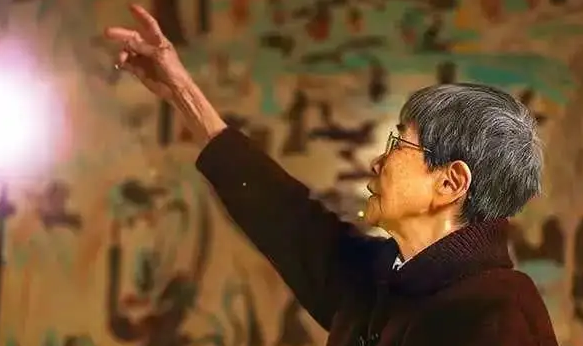
For example, the "Digital Forbidden City" applet that everyone is familiar with.
For another example, the total distribution area is 12 square kilometers. At present, Sanxingdui, which attracts worldwide attention, will also be attracted to the world's dumps. It will also carry out digital protection and inheritance with technology companies.
The thousand -year -old culture of the Chinese nation's endlessness and continuity will be able to walk into the world longer and more vividly to people's hearts.

And those Chinese cultural symbols that can spread throughout the world may also be born.
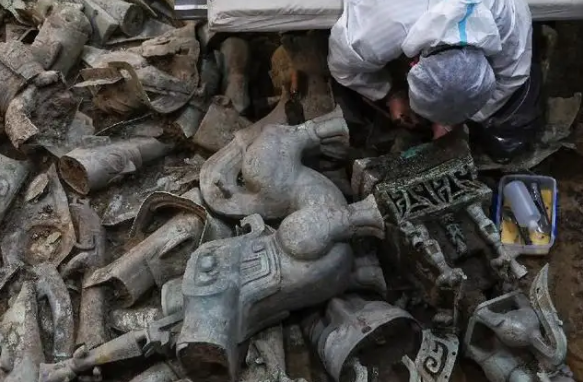
- END -
See how Zhong Yongning finds Luo Mingjian
Before Matteo Ricci, there was an Italian event in Zhaoqing. His name was Luo Ming...
Open this book and find the answer to life!

End a big test of lifeThe wider world is waiting for you to open upThe brilliant f...